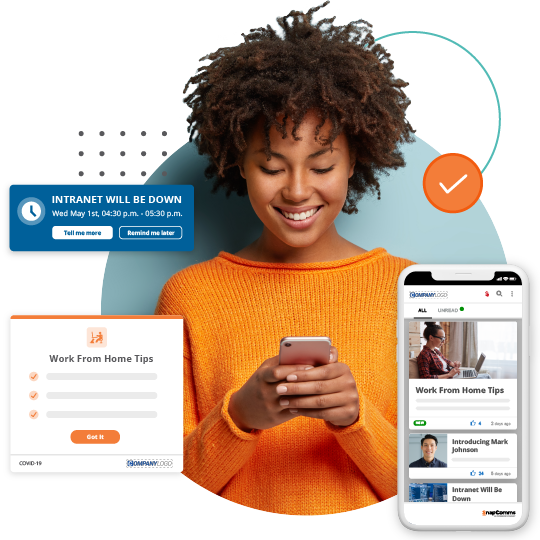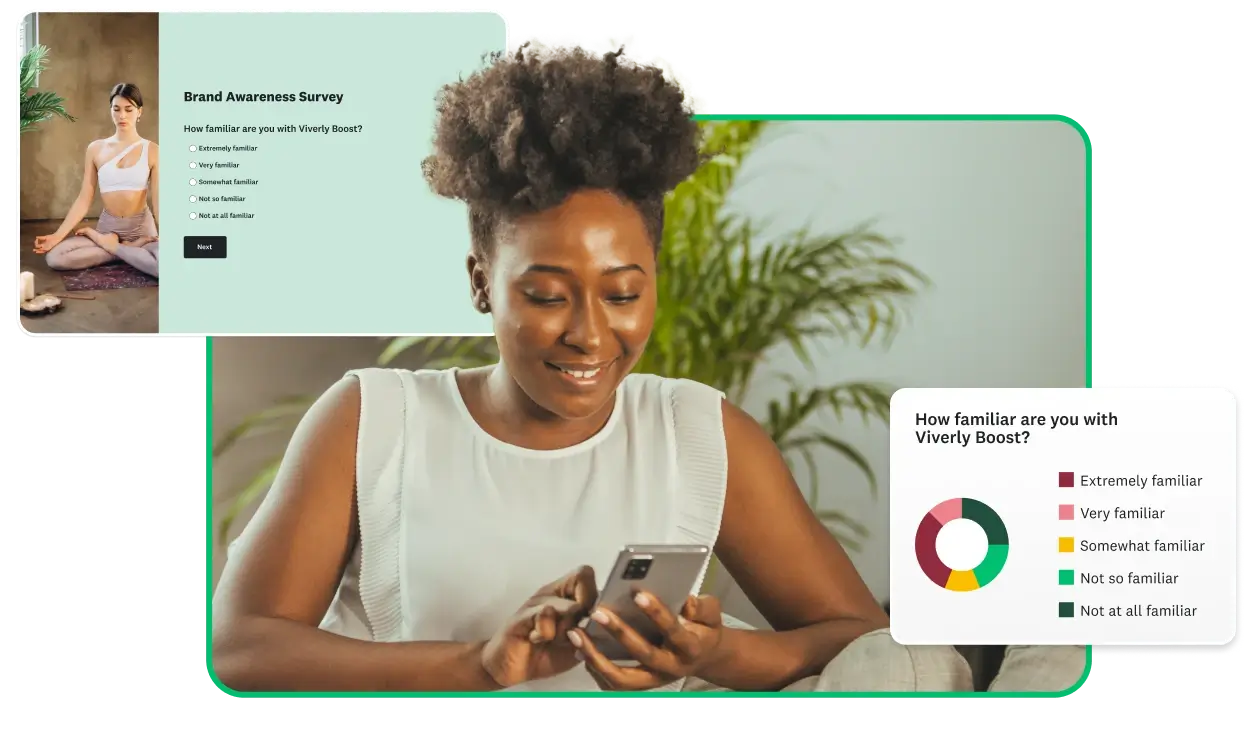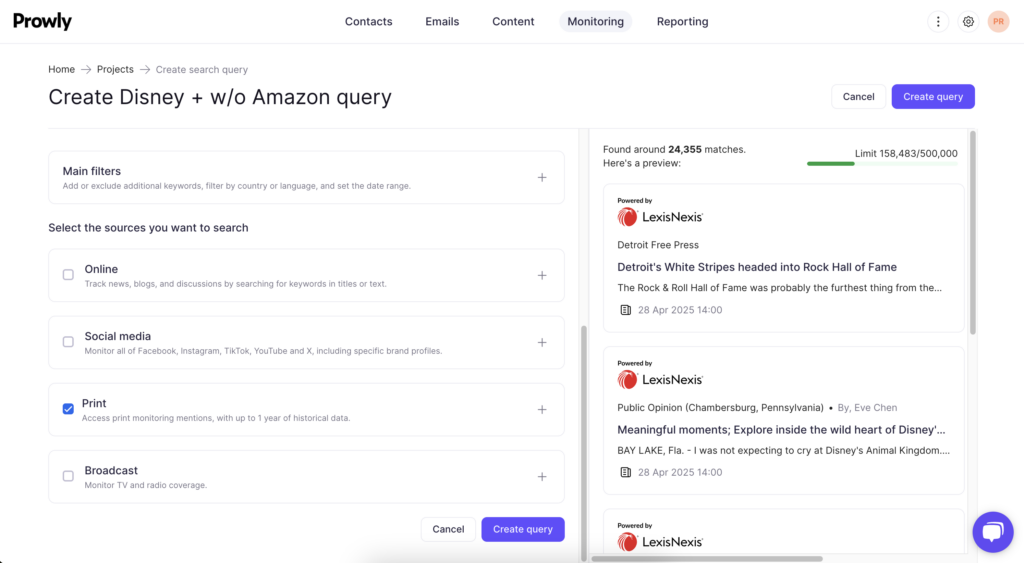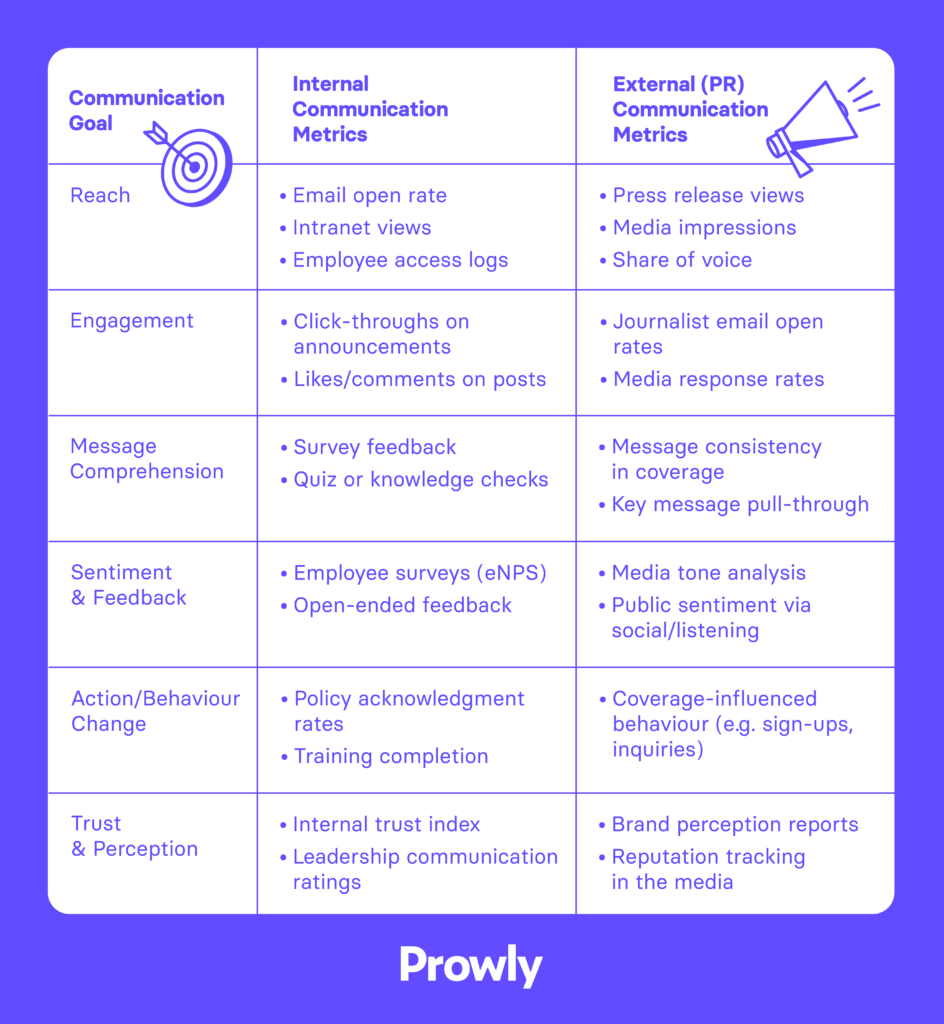Measuring communication is like measuring how beautiful the contestants are in a beauty pageant. As much as you try, much of it boils down to subjective opinions rather than objective measurement.
But just like beauty pageants have talent shows, interviews, and on-stage introductions, communication can be measured too. All it takes is the right tool for the job.
Today, we explore the top communication measurement platforms for PR professionals.
Try Prowly's broadcast monitoring free for 7 days
Start tracking your brand and keywords for free (no credit card required) in Prowly.
- Comprehensive monitoring: Track the web, social media, print, and broadcast mentions
- Transparent pricing: Plans start at $258/month
- All-in-one platform: Get everything you need in one tool for PR, incl. media database, outreach, reporting, and more
What is communication measurement?
Communication measurement is the process of tracking and measuring how effective your communication efforts are, internally and externally. Its purpose is to determine if the right messages are reaching the right people and achieving the desired impact, such as increased brand awareness.
With public relations becoming increasingly data-driven, communication measurement is becoming essential for teams that want to identify the best avenues to invest their time and money.
In this guide, we'll show you the best communication assessment tools, how to choose the right one, and highlight the most important PR-focused communication metrics.
Top communication measurement tools by category
First, let’s break down communication tools by their most important categories. Choosing the right tool is essential once you're clear on your communication approach.
And in just a few minutes, we’ll also walk you through which metrics you should be tracking to measure success.
External/PR-focused tools
These tools measure how well you interact with your customers across different channels. They're excellent for qualitative and quantitative measurement.
| Tool | Best for | Key features |
| Prowly | PR teams, media comms measurement | Media monitoring, press release analytics, journalist CRM, PR reporting |
| Meltwater | Media intelligence + social listening | News & social monitoring, sentiment analysis, influencer tracking |
| Cision | Enterprise PR teams | Global media database, campaign reporting, and press distribution |
| Brandwatch | Brand perception & sentiment tracking | Social and media listening, consumer insights |
#1 Prowly – Best for PR teams focused on comprehensive media comms measurement

Prowly is a modern PR software platform that helps communications professionals manage media relationships, send out press releases, and track their impact.
The media monitoring capabilities enable you to track brand mentions across online media outlets, blogs, and news sources, with real-time alerts to keep your team up to date.
Press release analytics show exactly who opened, clicked, and engaged with your pitch, while the built-in journalist CRM makes it easy to manage outreach without losing context. For reporting, Prowly offers clean, customizable dashboards that visualize media pickup volume, sentiment, and message pull-through.

Key measurement features:
- Media monitoring with sentiment analysis
- Press release performance tracking (opens, clicks, coverage)
- Journalist engagement analytics and CRM tracking
- Campaign reporting dashboards
- Message consistency checks through coverage analysis
- Monitoring of online and offline (print and broadcast) mentions
Why it stands out:
Prowly is useful for small and mid-sized PR teams who want enterprise-style tracking and media database access without the heavy cost or complexity. It blends outreach and measurement seamlessly into one interface.
#2 Meltwater – Best for media intelligence and social listening
Meltwater offers a powerful suite of tools for tracking brand mentions across news, blogs, and social platforms.
It’s particularly strong in real-time monitoring and sentiment analysis, helping teams understand how their brand is perceived globally. PR and marketing teams can also measure share of voice, compare competitor visibility, and identify key influencers in their space.
Key measurement features:
- Omnichannel media and social monitoring
- Automated sentiment tracking
- Influencer discovery and analytics
- Share of voice and competitive benchmarking
- Customizable media impact reports
💸 Check this article to find out more about Meltwater's pricing.
#3 Cision – Best for enterprise PR teams
Cision is a long-standing leader in PR software for large organizations with global communication needs. It has a vast global media database, advanced campaign reporting, and powerful press distribution network.
Teams can track the reach, impressions, and tone of coverage across channels and assess how effectively core messages are being picked up.
Key measurement features:
- Global media outreach analytics
- Message pull-through and coverage tone analysis
- Journalist interaction tracking
- Campaign ROI dashboards
- Benchmarking against industry peers
💸 Check this article to find out more about Cision's pricing.
#4 Brandwatch – Best for brand perception and sentiment tracking
Brandwatch is a social and media listening platform built for brands that need deep insight into how they’re perceived online.
It analyzes conversations across news sites, forums, social media, and reviews, with a strong focus on consumer sentiment, emerging trends, and crisis detection. While not PR-specific, it's a valuable tool for teams monitoring public opinion at scale.
Key measurement features:
- AI-powered sentiment and trend analysis
- Social and media listening
- Influencer and topic tracking
- Brand health scorecards
- Visual dashboards for executive reporting
Internal communication tools
These tools help you measure how well you communicate with your team. They can help you improve engagement, collaboration and productivity.
| Tool | Best For | Key Features |
| SnapComms | Employee comms, alerts | Message read tracking, segmentation, desktop & mobile notifications |
| LumApps | Enterprise intranets | Intranet analytics, engagement tracking, and survey tools |
| Staffbase | Employee app & engagement | Internal campaigns, metrics, and feedback collection |
| Workvivo | Employee engagement + social-style comms | Pulse surveys, reactions, and platform engagement insights |
SnapComms – Best for targeted employee messaging and urgent alert measurement

SnapComms is a dedicated internal communication platform built for sending high-impact messages that get seen.
It supports desktop and mobile notifications, digital signage, and even lock-screen alerts, making it especially effective for organizations with dispersed or frontline teams. SnapComms focuses on message delivery analytics and communicators, tracking open rates, providing read confirmations, and measuring employee engagement with every message.
Key measurement features:
- Real-time message open and read tracking
- Targeted delivery by audience segment
- Acknowledgment and compliance confirmation
- Click-through and action rate monitoring
- Campaign-level reporting for internal comms performance
LumApps – Best for enterprise intranets with analytics
LumApps is a social intranet platform built for large, distributed workforces that need a unified internal communication hub.
It offers detailed intranet analytics, allowing teams to measure content reach, employee engagement, and behavior trends across the organization. LumApps also includes built-in survey tools and integrates with Google Workspace and Microsoft 365, making it easy to embed communications into daily workflows.
Key measurement features:
- Page and content view tracking
- User engagement and retention analytics
- Audience segmentation and insights
- Internal surveys and feedback tracking
- Dashboard reporting for leadership visibility
Staffbase – Best for mobile-first internal campaigns and feedback
Staffbase is a mobile-friendly internal communication platform focused on employee engagement and campaign management.
It lets teams create branded internal news feeds, push notifications, and feedback tools. Measurement is baked into every campaign, allowing comms teams to track opens, reactions, survey responses, and content performance over time.
Key measurement features:
- Campaign performance metrics
- Survey results and participation rates
- Content engagement tracking (likes, views, comments)
- Targeted communication delivery and insights
- Exportable reports for leadership and HR
Workvivo – best for tracking social-style engagement and sentiment
Workvivo blends internal communication with a social media-style experience, encouraging employees to react, comment, and engage with content across the platform.
This makes it particularly effective at capturing organic engagement metrics, like likes and comments, as well as structured pulse survey feedback. Teams can analyze platform usage trends to understand how communication is landing across departments and regions.
Key measurement features:
- Pulse survey participation and sentiment scores
- Reactions, likes, and social engagement
- Content performance dashboards
- Employee shout-outs and recognition tracking
- Usage and adoption analytics by team/location
Hybrid tools (internal + external capabilities)
Some tools can do both at the same time, measuring both internal and external communication. They're jacks of all trades, but masters of none. However, they can be very useful for the right business settings.
| Tool | Best For | Key Features |
| SurveyMonkey | Internal feedback + public research | Scalable survey tools, sentiment analysis, data exports |
| Zoho Survey | Feedback across departments | Multichannel distribution, analysis dashboards |
| Microsoft Viva | Internal analytics (with Microsoft 365) | Email stats, Teams usage, sentiment data |
SurveyMonkey – Best for capturing internal feedback and external sentiment at scale

SurveyMonkey is a versatile survey platform used by organizations to gather structured feedback from both employees and external audiences.
It excels at scalable data collection, making it ideal for running internal engagement surveys, pulse checks, and broader brand perception studies. For internal comms teams, it provides sentiment analysis, response tracking, and customizable question logic to dig into what employees think and why.
Key measurement features:
- Employee engagement and pulse surveys
- Sentiment analysis and text response categorization
- Benchmarked templates for internal and external research
- Real-time result dashboards
- CSV and API data exports for deeper reporting
Zoho Survey – Best for cross-departmental feedback and analysis
Zoho Survey offers a lightweight but powerful toolkit for gathering input from employees, customers, or any stakeholder group.
Its strength lies in its multichannel distribution, allowing surveys to be shared via email, social media, web embeds, or internal links. The platform’s reporting dashboards help teams track response rates, visualize patterns, and drill down by department or audience segment, making it useful for both internal comms tracking and public sentiment collection.
Key measurement features:
- Cross-department and multi-language surveys
- Customizable questions with logic branching
- Distribution via multiple internal or external channels
- Real-time reports and filters
- Integration with Zoho tools and external CRMs
Microsoft Viva – Best for internal analytics within the Microsoft 365 ecosystem
Microsoft Viva is an employee experience platform built directly into Microsoft 365, offering deep internal communication analytics based on employee interactions across Outlook, Teams, and SharePoint.
It gives insights into email open rates, meeting participation, and overall engagement, as well as anonymized sentiment tracking through integrated feedback and behavioral patterns. Viva’s dashboards give leadership visibility into organizational health while protecting individual privacy.
Key measurement features:
- Outlook and Teams usage analytics
- Email open/click stats
- Sentiment and burnout risk analysis
- Feedback loops embedded into Microsoft 365 workflows
- Team-level insights and manager dashboards
PS. Make sure to consider Prowly, a tool that helps you get immediate PR insights for protecting and improving your brand reputation.
How to choose the right communication measurement tool
You may be confused seeing so many tools in one place, so we'll help you choose the right one for your needs. Just go through our process, step by step.
- Identify your primary communication type.
Who do you talk to, where and how? Is it internally with your team, externally with your customers, or a mix of both? - Define your goals.
Do you want to build engagement or trust, increase your reach, improve your brand sentiment, or something else? - Consider your integration needs.
Does the tool need to integrate with the rest of your tool stack, e.g. your project management tool? - Determine your budget.
Dedicated PR tools can get very expensive, very fast, so set a number and stick to it. - Discuss your automation needs.
Do you need something specific like weekly emails with all of your mentions sorted by sentiment? - Determine your reporting needs.
What kind of reports do you need and how detailed should they be? How frequently do you want to receive them?
When you answer all of these questions, you'll know exactly what type of tool you need so you can start looking in the right direction.
How Prowly helps with measuring communication effectiveness
Prowly can help you find out how effectively you communicate with your target audience with a range of qualitative and quantitative measurement features.
| Prowly feature | How it helps with communication measurement |
| Media monitoring | Track earned coverage volume, tone, and relevance |
| Pitching tool | Measure media interest and engagement with your messaging (metrics like the Open Rate of your pitches) |
| Press release metrics | Monitor opens, clicks, and distribution reach |
| Campaign reporting | Create clean, customisable reports for stakeholders |
| Message consistency | Assess whether coverage aligns with your key narratives |
Media monitoring
Prowly helps you stay on top of earned media coverage by tracking where your brand is mentioned, how often, and in what context. You can see the tone of coverage (positive, neutral, or negative), measure volume over time, and assess whether published articles align with your key messaging.
And you can track the most important mentions across both online and offline media.

Pitching tool
When you send out a pitch through Prowly, you can see who opened it, clicked links, or replied, giving you a clear view of media interest and engagement. This helps you understand which stories resonate with journalists and refine your outreach over time.
Press release metrics
Prowly tracks how your press releases perform once they’re sent. You’ll see metrics like open rates, click-throughs, and how far your release reached in terms of potential visibility. These insights help you gauge what’s getting attention and what might need reworking.
Campaign reporting
You can build custom reports that present your PR campaign results clearly and professionally. These reports include media pickup, journalist engagement, sentiment, and more, making it easy to show the value of your work to clients or internal teams.

Message consistency
Prowly helps you check whether your brand’s core messages are being picked up and reflected in media coverage. It highlights how closely the language used in press articles matches what you intended to communicate, so you can spot gaps or adjust your approach.
📈 With Prowly, you don’t just send press releases. You also measure how well they’re received, who picks them up, and how they shape your brand’s perception.
Quantitative vs. qualitative communication measurement?
Now that we've covered the tools, it's time to explore how to measure your communication efforts—starting with the two main approaches: quantitative and qualitative.
Quantitative measurement uses numerical data to assess communication performance. It answers “how many,” “how often,” and “to what extent?”
Examples of quantitative measures: email open rates, page views, number of press release mentions, social media shares and impressions, among others.
➕ Measuring communication quantitatively is easy to benchmark, objective and scalable.
➖ You'll miss the nuances and explanations of why people did (or did not) engage with your content.
Qualitative measurement uses descriptive, non-numerical data to understand the meaning, sentiment, and interpretation behind communication. It answers the “why” and “how” questions.
Examples of qualitative communication measurements: open-ended employee feedback, focus group discussions, one-on-one interviews, media tone analysis, and related methods.
➕ Qualitative measurement captures context, emotions and subtle signals that quantitative measurement cannot. It's excellent for further interpreting quantitative findings.
➖ It's harder to scale and benchmark and is much more time-consuming.
Core metrics to track (for both internal and PR teams)
Whether you want to track communication within your team or your customers, there are plenty of metrics to choose from. It can feel overwhelming to settle on just a few, so we singled out the top metrics to start tracking today.
Internal communication metrics
How do you measure effective communication in your team? Depending on the tools you use, it can be very easy. Focus on these core internal communication metrics:
- Message open rates: the percentage of employees who open internal emails or messages, indicating initial interest or awareness.
- Employee survey participation: the proportion of staff who complete internal surveys, reflecting engagement and willingness to share feedback.
- Intranet/article views: the number of times employees access a specific page or content item on the intranet, measuring content reach.
- Read receipts or confirmations: acknowledgments that employees have read and understood a message, often used for compliance or policy updates.
- Engagement (likes, comments, shares): interactive actions taken by employees on internal platforms, showing how actively they are connecting with the content.
External / PR-focused communication metrics
Communication analytics from external stakeholders are arguably more relevant. These metrics are some great starting points:
- Media pickup volume: the total number of times your story, press release, or brand is mentioned in the media over a given period.
- Message consistency: the degree to which your core messages or brand positioning are reflected accurately and repeatedly throughout media coverage.
- Share of voice: your brand’s portion of total media coverage in your industry or market compared to competitors.
- Sentiment/tone of coverage: an analysis of whether media mentions are positive, neutral, or negative whenever someone mentions your brand.
- Journalist engagement (opens, replies): how reporters interact with your outreach, measured by email opens, click-throughs, or direct replies to your press release pitches.

Conclusion
Communication can no longer be a guessing game. With clients and in-house managers measuring where every dollar goes, it's up to the PR team to show the results of their work. With the right communication measurement tools, you'll know the exact effects of your work and how to present them to the person in charge.

